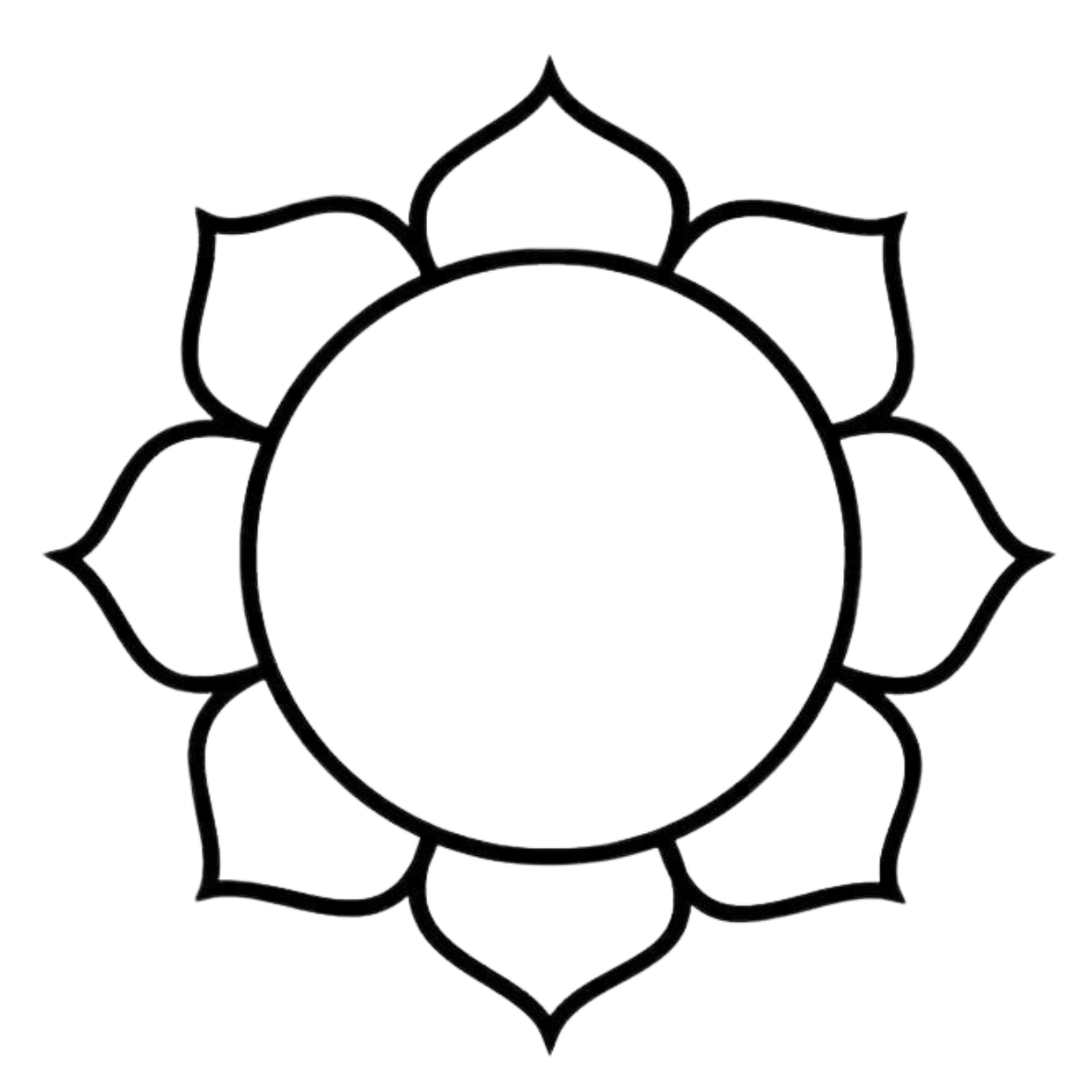The vagus nerve is your body’s built-in “calm button.” Learn how it works, spot dysregulation signals, and discover how breathing & posture improve sleep quality.
What is the vagus nerve — and why does it matter?
The vagus nerve is the longest cranial nerve and the core of your parasympathetic nervous system. When vagal tone is balanced, your body switches smoothly from “alert” to “rest & recover.” Chronic stress often keeps the switch stuck on high alert: racing heart, tense muscles, shallow breath, poor sleep.
How to spot dysregulation signals
- Trouble falling or staying asleep
- Shallow breathing, tense jaw/neck
- Constant overthinking, always “on”
- Feeling tired despite enough hours
Good news: vagal calm is trainable. Slower exhalations and neutral neck alignment send your nervous system a clear “you are safe” signal.
Breath & posture: your quick reset
Your breath is the fastest way to activate the vagus. Lengthen your exhale (4-6 in, 6-8 out) and keep your neck aligned. This slows your heart, relaxes muscles, and deepens sleep onset. Need support during the day? The Respira breathing necklace discreetly helps extend exhalation in under a minute.
Day regulation, night recovery
Stress loads up by day. At night, your body seeks release. A neutral neck position allows deeper nervous system downshift. As a side sleeper, I found most pillows failed here — my neck collapsed, breath rose, sleep stayed shallow.
With NEURA, the opposite: ergonomic contours align vertebrae, jaws release, breath deepens. Result: faster sleep, fewer wake-ups, calmer mornings. Regulation by day, recovery by night.
60-second vagus reset
- Long out: 4 in, 8 out — feel shoulders drop.
- Pursed lips: make exhale longer, smoother.
- Neutral head: chin tucked, crown tall.
- Mini body scan: jaws, tongue, eyes, shoulders — soften.
Repeat 5–8 cycles. On the go, use Respira. At night, NEURA sustains the safety signal.
Who needs this most?
- Side sleepers with stiff necks/jaws
- Still tired after 8 hours in bed
- Racing thoughts, high breathing
- Seeking deep rest not just “hours”
Further reading
- Main blog — my journey from ‘always on’ to true rest
- Burnout & safety — first calm, then heal
- Science — why materials & form affect nerves
- Deep sleep — from falling asleep to true recovery
- Slow living — rituals calming your nervous system
- Neuro-informed design — from lab to your bedroom

